- Liliaceae
- Lamiaceae
- Euphorbiaceae
- Leguminosae
- Zingiberaceae
- Chloranthaceae
- Campanulaceae
- Asteraceae
- Acanthaceae
- Orchidaceae
- Polygonaceae
- Ranunculaceae
- Vitaceae
- Rubiaceae
- Solanaceae
- Thymelaeaceae
- Saururaceae
- Moraceae
- Polypodiaceae
- Myrtaceae
- Araceae
- Adiantaceae
- Schisandraceae
- Amaranthaceae
- Berberidaceae
- Araliaceae
- Taxaceae
- Cucurbitaceae
- Apiaceae
- Guttiferae
- Scrophulariaceae
- Papilionaceae
- Caprifoliaceae
- Elaeagnaceae
- Apocynaceae
- Brassicaceae
- Papaveraceae
- Gentianaceae
- Paeoniaceae
- Lauraceae
- Punicaceae
- Nyssaceae
- Ephedraceae
- Gnetaceae
- Polygalaceae
- Violaceae
- Ginkgoaceae
- Cupressaceae
- Dipsacaceae
- Eucommiaceae
- Juglandaceae
- Dryopteridaceae
- Rosaceae
- Huperziaceae
- Caryophyllaceae
- Rhamnaceae

Bletilla striata (Thunb.) Reichb.f.
- Introduction
- Download
Blast
Bletilla striata (Thunb.) Reichb.f. is a well-known traditional Chinese herb, which was first described in Shennong BenCao Jing (Shennong’s Materia Medica) 2000 years ago. The medicinal part of Bletilla is remedy for many diseases. It reduces the edema of the lung, as well as enhances the hemostasis in the lungs, stomach and nose. When applied topically, Bletilla is also used to treat skin cracks, abscesses, burns and freckles when combined with other traditional Chinese medicines. Bletilla is used to instigate euphoria,purification of the blood, and the strengthening and consolidation of lungs as described in traditional medicine literatures. Bletilla is also used to treat swollen tissues induced by malignant tumors, e.g.breast cancer.
Year:2016
Institution:South China Botanical Garden, Chinese Academy of Sciences
Yunnan Agricultural University
Material: Wuhan, China
Data link: http://www.herbal-genome.cn/index.php?m=content&c=index&a=show&catid=100&id=41
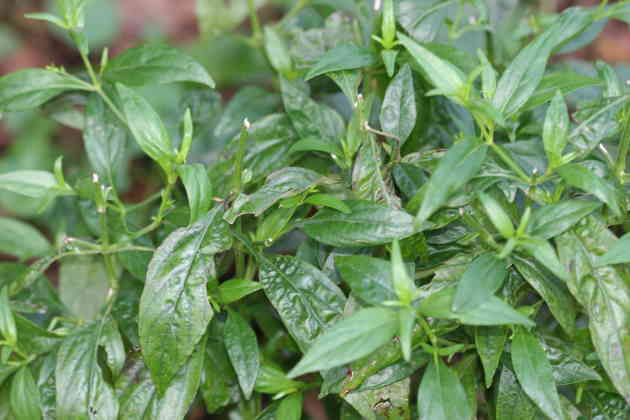
Andrographis paniculata
- Introduction
- Download
Blast
Andrographis paniculata, the extract is traditionally used as a medicine to treat different diseases in India, China and Southeast Asia. Andrographolide, the major diterpenoid of the Andrographis paniculata extract has shown cytotoxic activity against KB (human epidermoid carcinoma) and P388 (lymphocytic leukaemia) cells. The methanol extract of aerial parts of Andrographis paniculata and some of the isolated compounds showed growth inhibitory and differentiating activity on M1 (mouse myeloid leukaemia) cells.
Year:2016
Institution:South China Botanical Garden, Chinese Academy of Sciences
Yunnan Agricultural University
Material: Guangzhou, China
Data link: http://herbalplant.ynau.edu.cn/index.php?m=content&c=index&a=show&catid=100&id=39

Baphicacanthus cusia (Nees) Bremek.
- Introduction
- Download
Blast
The leaves of Baphicacanthus cusia (Nees) Bremek contains alkaloids, flavonoids, organic acid, glycosides, steroids, pentacyclic triterpanoids, anthraquinones, amino acid and saccharide. The pharmacological research indicated that they possess the resistance of diverse biological activities including anti-fungal, anti-bacterial, antitumor, antiviral, anti-inflammation activities.
Year:2016
Institution:South China Botanical Garden, Chinese Academy of Sciences
Yunnan Agricultural University
Material: Guangzhou, China, China
Data link: http://herbalplant.ynau.edu.cn/index.php?m=content&c=index&a=show&catid=100&id=40
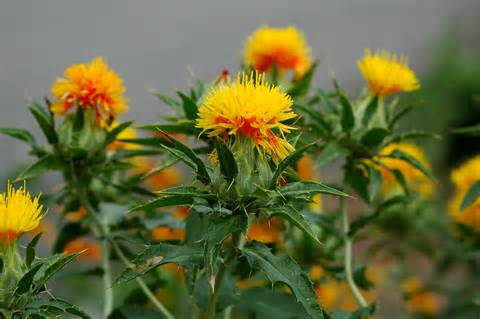
Carthamus tinctorius L.
- Introduction
- Download
Blast
Safflower (Carthamus tinctorius L.), is a widely used herbal plant in the family Compositae, which are cultured in many countries worldwide. In China, safflower plays an important role in meals, dye and traditional medicine. Safflower flowers have important pharmacological effects, such as promoting blood circulation to remove blood stasis and alleviate pain . The chemical components of safflower are diverse, including flavonoids such as safflor yellow, alkaloids and fatty acids , polysaccharide and others.
1
Year:2012
Institution:Department of Traditional Chinese Medicine Study, Industrial Crop Institute, Sichuan Academy of Agricultural Sciences, Jianyang, Sichuan, China
Material: Shanxi, China
2
Year:2015
Institution:Ministry of Education Engineering Research Center of Bioreactor and Pharmaceutical Development, Jilin Agricultural University, Changchun
Material: Xinjiang, China
Data link: http://herbalplant.ynau.edu.cn/index.php?m=content&c=index&a=show&catid=100&id=35
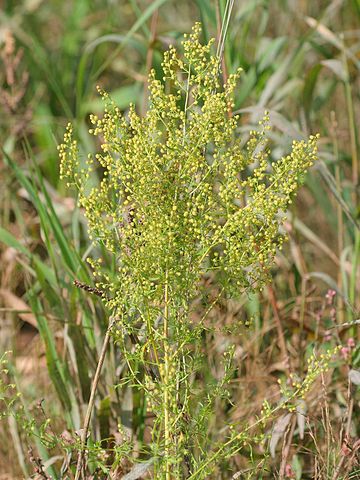
Artemisia annua
- Introduction
- Download
Blast
Artemisia annua, also known as sweet wormwood, sweet annie, sweet sagewort, annual mugwort or annual wormwood. In traditional Chinese medicine, A. annua is traditionally used to treat fever. In 1972, the active ingredient, artemisinin (formerly referred to as arteannuin), was isolated and its chemical structure described. In addition, A. annua is one of the four medical plants with the highest Oxygen radical absorbance capacity (ORAC) level. (https://en.wikipedia.org/wiki/Artemisia_annua)
Year:2009
Institution:South China Botanical Garden, Chinese Academy of Sciences
Yunnan Agricultural University
Material: Sichuan, China
Data link: http://herbalplant.ynau.edu.cn/index.php?m=content&c=index&a=show&catid=100&id=36
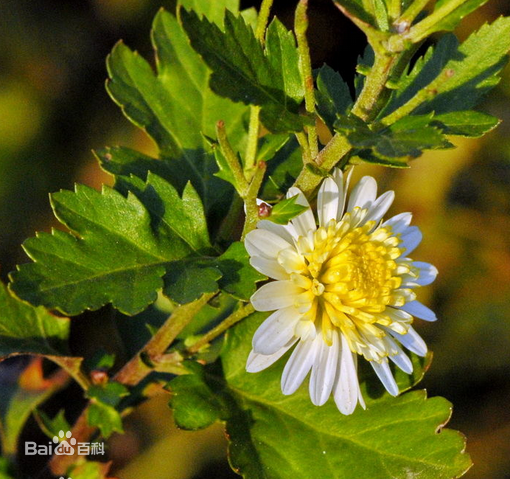
Dendranthema indicum var.Aromaticu Q.H.Liu et S.F.Zhang
- Introduction
- Download
Blast
Dendranthema indicum var.Aromaticu Q.H.Liu et S.F.Zhang, a flowering plant commonly called Indian chrysanthemum, within the family Asteraceae and genus Chrysanthemum. The plants can used for the prevention and treatment of cold, headache, bacillary dysentery and high blood pressure.
Year:2016
Institution:South China Botanical Garden, Chinese Academy of Sciences
Yunnan Agricultural University
Material: Wuhan, China
Data link: http://herbalplant.ynau.edu.cn/index.php?m=content&c=index&a=show&catid=100&id=37

Farfugium japonicum (L.f.) Kitam
- Introduction
- Download
Blast
Farfugium japonicum syn. Ligularia tussilaginea is a species of flowering plant of the family Asteraceae, also known as leopard plant, green leopard plant. It is native to streams and seashores of Japan, where it is called Tsuwabuki. Farfugium japonicum contains tumorigenic pyrrolizidine alkaloids.
Year:2016
Institution:South China Botanical Garden, Chinese Academy of Sciences
Yunnan Agricultural University
Material: Wuhan, China
Data link: http://www.herbal-genome.cn/index.php?m=content&c=index&a=show&catid=100&id=38

Codonopsis Pilosula
- Introduction
- Download
Blast
Codonopsis pilosula,one of the most popular ingredients in traditional herbal medicines in China, Japan and Korea. It was used in traditional medicine to lower blood pressure and increase white blood cell count, and is reported to cure appetite loss and boost immunity
Year:2014
Institution:Institute of Chinese Materia Medica, China Academy of Chinese Medical Sciences, Beijing
Material: Guangzhou, China
Data link: http://www.herbal-genome.cn/index.php?m=content&c=index&a=show&catid=100&id=33
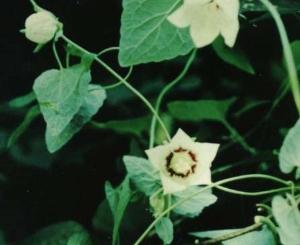
Campanumoea javanica Bl.
- Introduction
- Download
Blast
Campanumoea javanica Bl., roots thickened. Stems twining, multi-branched, glabrous. Leaves opposite, rarely alternate, long petiolate; blade cordate or cordate-ovate, sometimes becoming trilobate, glabrous or abaxially sometimes sparsely villous, margin dentate or crenate, or rarely entire. Flowers axillary, glabrous throughout. Campanumoea javanica Bl., roots have been used as an herbal drug to treat bronchitis and inflammation in China.
Year:2016
Institution:South China Botanical Garden, Chinese Academy of Sciences
Yunnan Agricultural University
Material: Guangzhou, China
Data link: http://www.herbal-genome.cn/index.php?m=content&c=index&a=show&catid=100&id=32
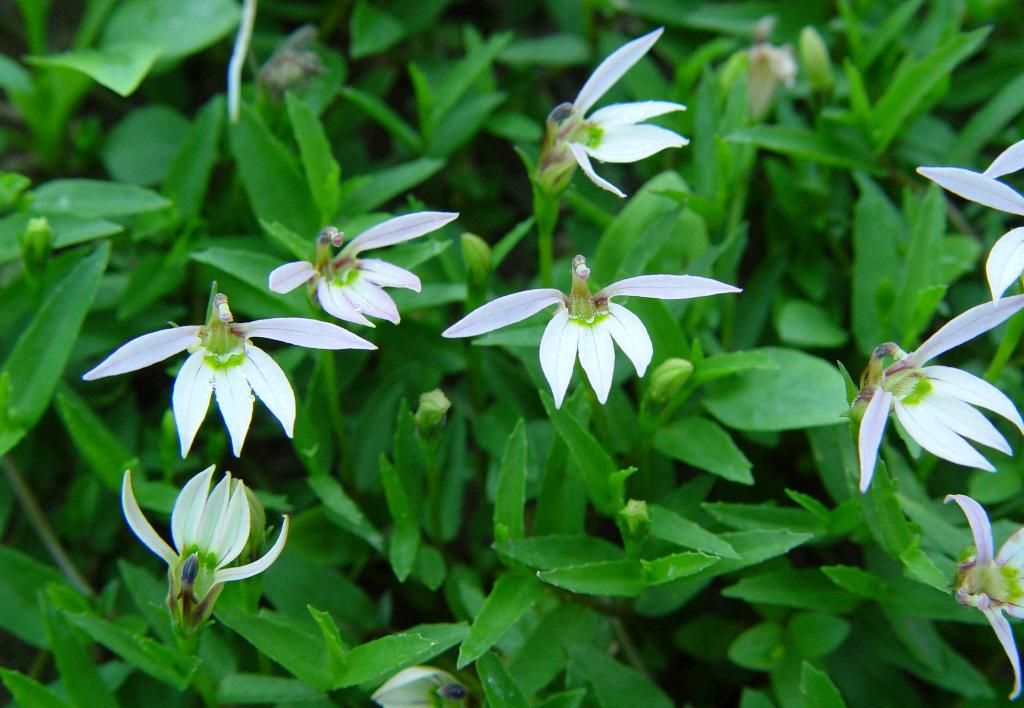
Lobelia chinensis Lour.
- Introduction
- Download
Blast
Lobelia chinensis Lour. is a small perennial herb that grows in tangled clumps from 15 centimetres (5.9 in) to 35 centimetres (14 n) long. It has a long, thin, branching stem that is olive green and green-brown crumpled narrow leaves. It has little to no odor and a sweet and pungent taste. When harvesting herbs for medical use, the ones with the greenest stems and yellower roots are preferred.
Year:2016
Institution:South China Botanical Garden, Chinese Academy of Sciences
Yunnan Agricultural University
Material: Guangzhou, China
Data link: http://www.herbal-genome.cn/index.php?m=content&c=index&a=show&catid=100&id=34